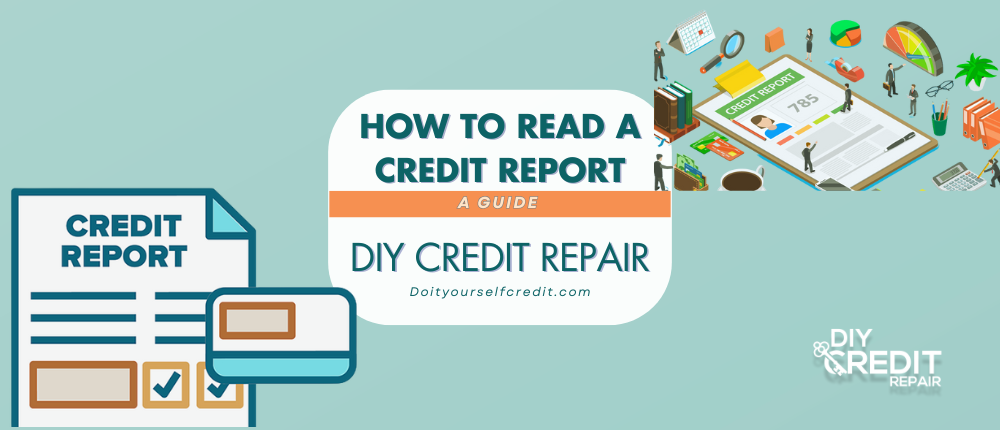
Your credit report is your financial biography. Understanding how to read it is the first, essential step in repairing your credit and protecting yourself from identity theft. Here’s how you can decipher your credit report in a few simple steps.
Step 1: Get Your Credit Report
-
- Request your free credit report from each of the three major credit bureaus: Experian, Equifax, and TransUnion.
-
- You’re entitled to one free report per bureau every year from AnnualCreditReport.com. However, we’ve partnered with SmartCredit to give you the power of continuous credit monitoring, ensuring you can track and review your credit status throughout the entire year. Once you have your reports, it’s time to review them carefully.
Step 2: Review Your Personal Information
Why it matters: Personal information should be 100% accurate to avoid identity mix-ups or fraud.
-
- Name (look for misspellings or unfamiliar names)
-
- Current and previous addresses
-
- Social Security number (last four digits)
-
- Date of birth
-
- Employment information
Flag any inaccuracies – even a small typo can cause issues.
Step 3: Understand Your Credit Accounts (Tradelines)
-
- Type (credit card, auto loan, mortgage, etc.)
-
- Account number (partially hidden)
-
- Date opened and closed
-
- Credit limit or loan amount
-
- Current balance
-
- Payment history (on-time, late, missed, or defaulted)
Why it matters: Payment history and balances have a strong effect on your score. Inaccuracies can damage your credit.
Common Issues:
-
- Late payments wrongly reported
-
- Balances that don’t match your statements
-
- Unrecognized accounts (possible fraud)
Step 4: Examine the Public Records Section
-
- Includes bankruptcies, foreclosures, liens, or civil judgments.
Why it matters: These impact your credit for up to 10 years! Make sure all public records are accurate and not outdated.
Step 5: Check the Inquiries Section
Hard inquiries: Result from applying for credit, can lower your score.
Soft inquiries: Result from pre-approvals or personal checks, and do NOT affect your score.
-
- Unrecognized hard inquiries may indicate identity theft.
Step 6: Spot Errors or Red Flags
-
- Unrecognized accounts or personal information
-
- Incorrect late payments or balances
-
- Duplicate accounts
-
- Negative records older than 7 years (should be removed)
-
- Unfamiliar hard inquiries
Step 7: Plan Your DIY Credit Repair Steps
If you spot errors:
-
- Gather supporting documents (statements, payment proof, etc).
-
- File a dispute with each credit bureau reporting the error.
-
- Credit bureaus have 30 days to investigate and respond.
For legitimate negatives (like late payments):
-
- Pay down debts
-
- Bring past-due accounts current
-
- Request goodwill adjustments from creditors
Tips for Success
-
- Check your credit report at least once a year—or quarterly while repairing credit.
-
- Keep records of all communications with creditors and bureaus.
-
- Monitor improvements and any new issues.
Conclusion
Regularly reviewing and understanding your credit report is the heart of a successful DIY credit repair journey. Start today and take control of your financial future! FREE to SIGN UP and Access our Dispute Letter Template and Credit Repair Coaching Videos!